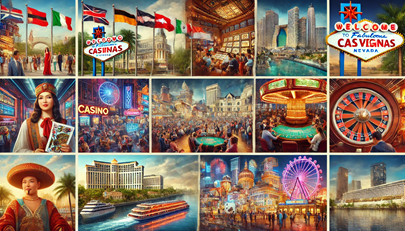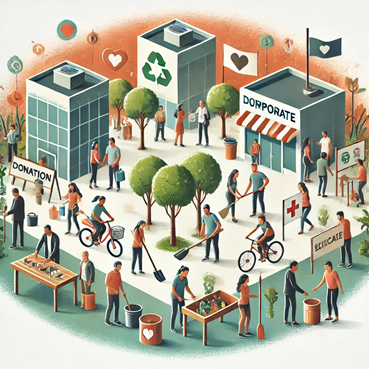How do smart cities balance technological innovation with sustainability goals?

How do smart cities balance technological innovation with sustainability goals?
by Nathaniel 04:25pm Jan 08, 2025
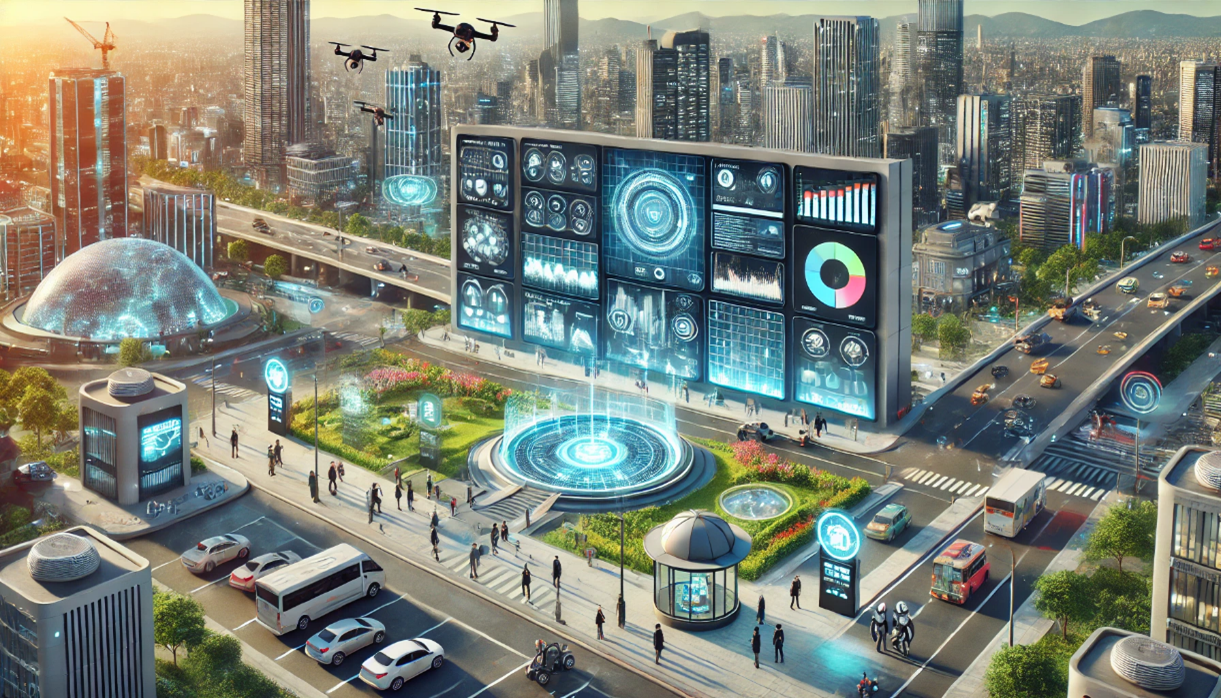
How do smart cities balance technological innovation with sustainability goals?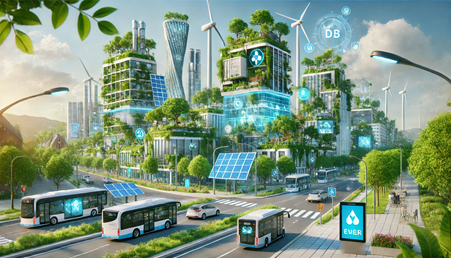
Smart cities aim to balance technological innovation with sustainability goals by integrating advanced technologies to optimize urban systems while ensuring that these solutions contribute to environmental, social, and economic sustainability. The idea is to use data, connectivity, and automation to make cities more efficient, resilient, and livable, without compromising the planet’s resources or the well-being of their residents. Here's how smart cities can achieve this balance:
1. Energy Efficiency and Smart Grids
Technological Innovation: Smart cities leverage smart grids, which use sensors, meters, and digital communication to improve the distribution and use of energy. They allow for real-time monitoring and control, enabling more efficient use of electricity.
Sustainability Goal:By integrating renewable energy sources such as solar and wind into the grid and using data to optimize energy consumption, cities can significantly reduce carbon emissions and reliance on fossil fuels.
Example:Freiburg, Germany, is a leader in renewable energy integration. It uses smart energy grids that balance supply and demand while incorporating solar energy to power homes and businesses.
2. Sustainable Transportation Systems
Technological Innovation: Smart cities integrate intelligent transportation systems (ITS) that use data, sensors, and AI to manage traffic flow, reduce congestion, and optimize public transportation. This can include electric vehicles (EVs), autonomous vehicles, and bike-sharing programs.
Sustainability Goal:These technologies reduce air pollution, greenhouse gas emissions, and traffic congestion. Electric and shared vehicles lower reliance on traditional cars, which helps reduce carbon footprints.
Example:Copenhagen is a smart city with a comprehensive bike-sharing program and a commitment to electric buses, contributing to reduced emissions and increased mobility options.
3. Smart Buildings and Energy-Efficient Design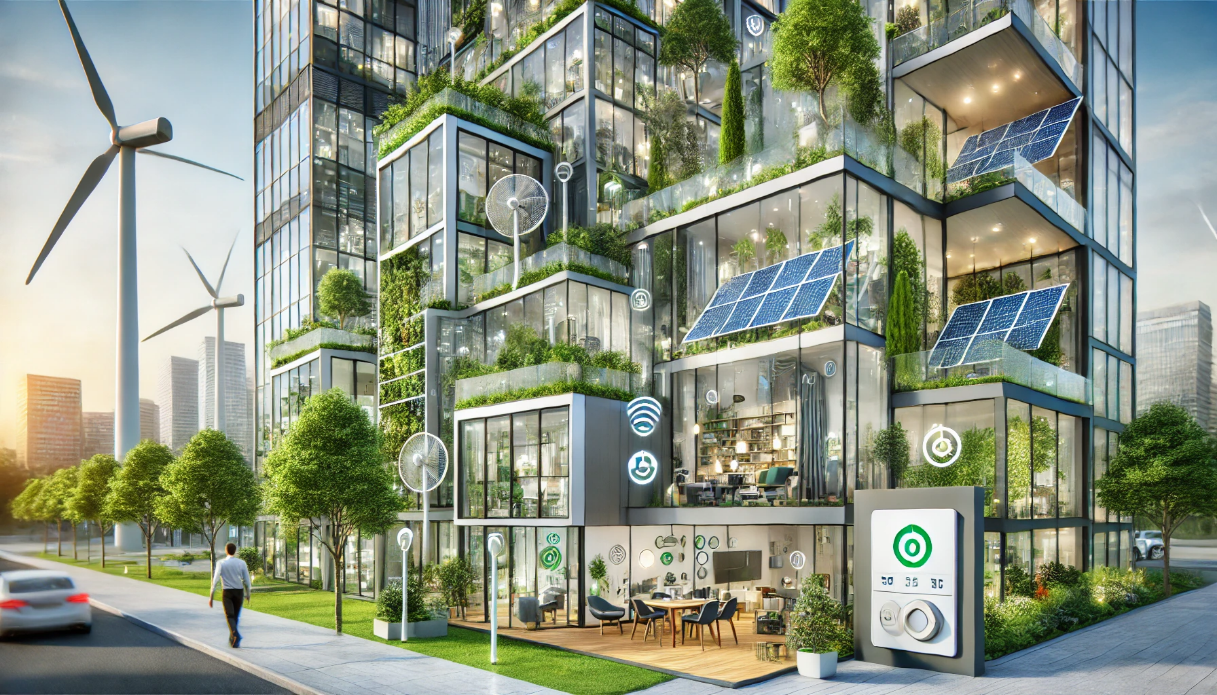
Technological Innovation: Smart buildings incorporate technologies like smart thermostats, automated lighting systems, and IoT devices to monitor and control energy usage, improve indoor air quality, and optimize water consumption.
Sustainability Goal:These systems help reduce energy consumption and operational costs, improving the overall sustainability of buildings while ensuring that they remain comfortable for residents and users.
Example:The Edge building in Amsterdam is a smart office building equipped with solar panels, smart lighting, and energy-efficient cooling systems,resulting in one of the most energy-efficient buildings globally.
4. Smart Waste Management and Recycling
Technological Innovation: Smart cities use technologies like IoT sensors and data analytics to optimize waste collection, recycling, andcomposting. Sensors in waste bins can signal when they are full, allowing for more efficient routes for waste collection trucks, which reduces fuel consumption and emissions.
Sustainability Goal:Smart waste management helps divert waste from landfills, encourages recycling, and reduces the environmental impact of waste disposal. It also supports a more circular economy, where materials are reused and recycled instead of disposed of.
Example:San Francisco has implemented a smart waste system that tracks waste collection and diverts large quantities of recyclables and compostable materials, aiming for zero waste by 2030.
5. Water Management and Conservation
Technological Innovation: Smart cities use IoT sensors and data analytics to monitor water usage, leakages, and wastewater treatment in real-time. Smart water meters help residents and businesses track their water usage and encourage conservation.
Sustainability Goal: By using technology to detect leaks, optimize water distribution, and reduce water waste, smart cities can ensure a more sustainable and equitable water supply, which is essential as urban populations grow and climate change exacerbates water scarcity.
Example:Singapore uses advanced water management technologies, including a comprehensive system for detecting leaks and treating wastewater, making it one of the world’s leaders in water conservation and reuse.
6. Climate Resilience and Disaster Management
Technological Innovation: Smart cities use data-driven systems and AI to monitor environmental risks like extreme weather, air quality, and pollution levels. This data can inform decisions on urban planning, emergency responses, and climate adaptation strategies.
Sustainability Goal: Technology helps cities prepare for and adapt to climate change by predicting natural disasters (e.g., flooding, heatwaves) and responding more efficiently to environmental stresses. It also assists in planning for the long-term resilience of infrastructure and communities.
Example:New York City has developed a smart stormwater management system that uses data to predict flooding events, helping the city better prepare for extreme weather and minimize damage.
7. Data-Driven Urban Planning and Governance
Technological Innovation: Smart cities collect data from various sensors,social media, and IoT devices to gain insights into urban challenges. This data is used to inform urban planning, optimize infrastructure, and ensure efficient public services.
Sustainability Goal: By using data to make informed decisions, smart cities can optimize resource distribution, improve public health, and enhance the overall sustainability of urban environments.
Example: Songdo, South Korea, is a planned smart city that uses real-time data to monitor air quality, traffic flow, energy consumption, and more, helping the city continuously improve its sustainability efforts.
8. Sustainable Urban Agriculture
Technological Innovation: Smart cities promote vertical farming, hydroponics, and urban agriculture through the use of technology to optimize food production in urban environments. Technologies like climate control, sensors, and automation make urban farming more efficient and viable.
Sustainability Goal: These technologies reduce the carbon footprint associated with food transportation, improve food security, and promote local, sustainable food production in urban areas.
Example:New York City’s hydroponic farms and rooftop gardens use smart technologies to grow food sustainably, reducing dependence on imported food while promoting green urban spaces.
9. Social Inclusion and Access
Technological Innovation: Smart cities also focus on digital inclusion, ensuring that everyone, including marginalized groups, has access to technologies and the benefits of smart city solutions. This includes offering digital platforms for public services, access to broadband internet, and using technology to improve education and healthcare.
Sustainability Goal: Social inclusion is a key component of sustainability. Ensuring equal access to technology helps build stronger, more resilient communities where all residents can thrive.
Example:Barcelona has prioritized digital inclusion, offering free Wi-Fi in public spaces and providing digital literacy programs to ensure that all residents can participate in the city’s smart transformation.
Conclusion
Balancing technological innovation with sustainability goals requires smart cities to focus on creating systems that are efficient, inclusive, and environmentally responsible. While technology can drive progress in areas like energy, transportation, water management, and waste reduction, it is essential that these advancements are designed with long-term environmental and social sustainability in mind. By harnessing the power of data, automation, and green technologies, smart cities can achieve a harmonious balance that fosters economic growth, improves quality of life, and contributes to global sustainability efforts.




